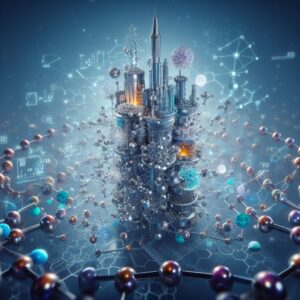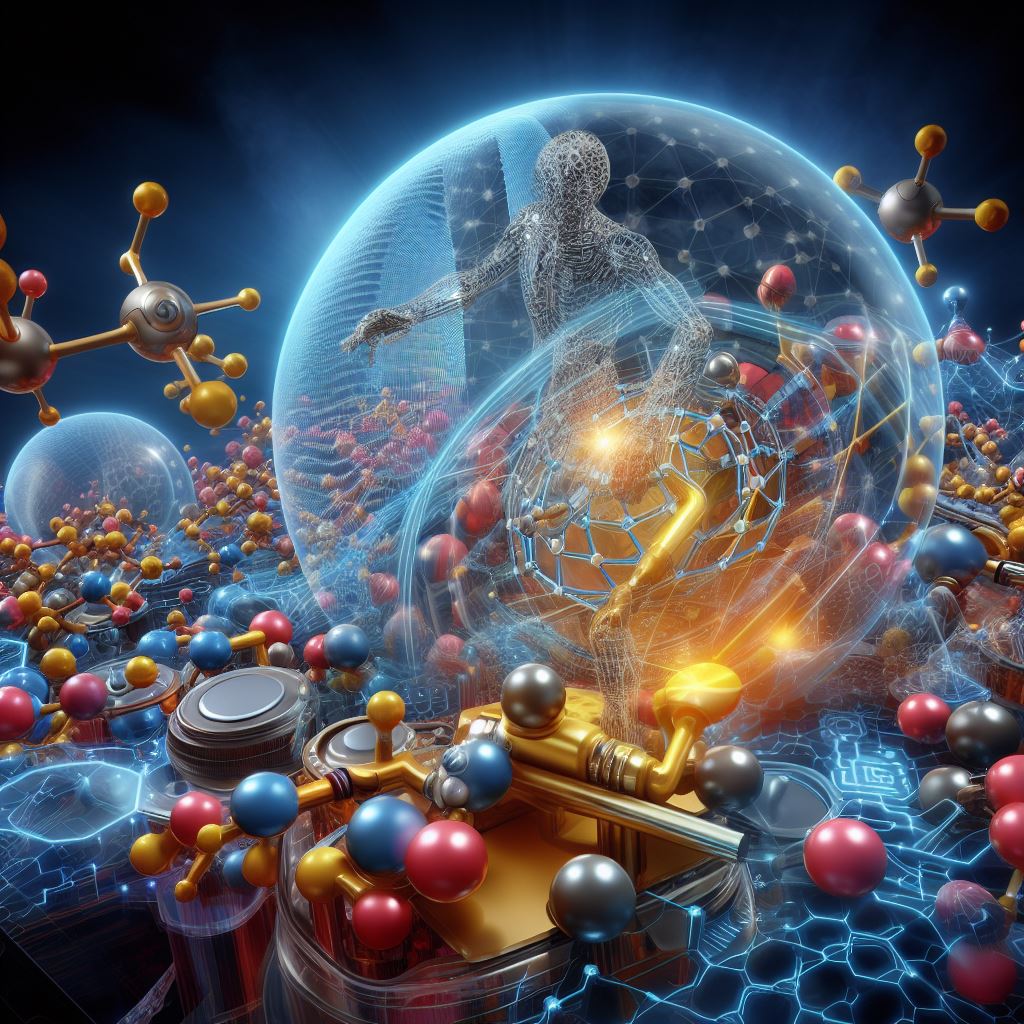Nanotechnology: Manipulating Matter at the Atomic Scale
Nanotechnology, a groundbreaking field that involves manipulating matter at the atomic and molecular level, has emerged as a powerful force in science and technology. With its potential to revolutionize various industries, from electronics to medicine, nanotechnology holds great promise for the future. In this article, we will explore the fundamentals of nanotechnology, its applications, and the impact it can have on our daily lives.
Table of Contents
- Introduction
- What is Nanotechnology?
- The Science Behind Nanotechnology
- Applications of Nanotechnology
- Electronics and Computing
- Medicine and Healthcare
- Energy
- Materials Science
- Environmental Remediation
- Challenges and Ethical Considerations
- Future Prospects of Nanotechnology
- Conclusion
- FAQs (Frequently Asked Questions)
1. Introduction
Nanotechnology, derived from the Greek word “nanos” meaning dwarf, refers to the science, engineering, and application of materials and devices at the nanoscale level. At this scale, materials exhibit unique properties and behaviors that differ from their macroscopic counterparts. By manipulating matter at such a tiny scale, scientists and engineers can create materials and devices with enhanced properties and functionalities.
2. What is Nanotechnology?
Nanotechnology involves the understanding, control, and manipulation of matter at the nanoscale, which typically ranges from 1 to 100 nanometers (nm). To put this into perspective, a nanometer is one billionth of a meter, about 100,000 times smaller than the diameter of a human hair. At this scale, the laws of classical physics give way to the principles of quantum mechanics, opening up new possibilities for exploration and innovation.
3. The Science Behind Nanotechnology
At the heart of nanotechnology lies the ability to engineer and manipulate materials at the atomic and molecular level. Scientists use various techniques, such as nanofabrication and self-assembly, to create nanoscale structures with specific properties. These structures can be tailored to exhibit desired characteristics, such as enhanced strength, conductivity, or reactivity.
4. Applications of Nanotechnology
4.1 Electronics and Computing
Nanotechnology has revolutionized the electronics and computing industries. Miniaturization of components, such as transistors and memory devices, has led to smaller and more powerful devices like smartphones, laptops, and wearable technology. Nanoscale materials, such as carbon nanotubes and graphene, have exceptional electrical properties and hold the potential to replace traditional silicon-based electronics.
4.2 Medicine and Healthcare
In medicine and healthcare, nanotechnology offers exciting possibilities for targeted drug delivery, early disease detection, and personalized treatment. Nanoparticles can be designed to selectively deliver drugs to specific cells or tissues, minimizing side effects and improving efficacy. Furthermore, nanosensors can detect biomarkers indicative of diseases, enabling early diagnosis and intervention.

4.3 Energy
Nanotechnology plays a crucial role in addressing energy challenges. Advanced nanomaterials can improve the efficiency of solar cells, enabling the generation of clean and renewable energy. Additionally, nanotechnology is being utilized to develop high-capacity batteries, fuel cells, and energy storage devices, paving the way for a more sustainable energy future.
4.4 Materials Science
Nanotechnology has revolutionized materials science by enabling the creation of novel materials with extraordinary properties. For example, carbon nanotubes possess exceptional strength and can be incorporated into composite materials to enhance their mechanical properties. Nanocoatings can make surfaces water-repellent or self-cleaning, finding applications in industries ranging from automotive to construction.
4.5 Environmental Remediation
Nanotechnology offers potential solutions for environmental challenges, such as water purification and pollution remediation. Nanomaterials, such as nanoparticles and nanofibers, can be employed to remove contaminants from water and soil. Their high surface area and reactivity make them effective in adsorbing and degrading pollutants, promoting cleaner and healthier environments.
5. Challenges and Ethical Considerations
While nanotechnology presents immense opportunities, it also raises certain challenges and ethical considerations. Concerns regarding the potential health and environmental impacts of engineered nanoparticles have been raised. It is crucial to conduct thorough research on the safety of nanomaterials and ensure responsible development and use of nanotechnology.
6. Future Prospects of Nanotechnology
The future of nanotechnology looks promising, with ongoing research and development pushing the boundaries of what is possible. Nanomedicine, nanoelectronics, and nanomaterials are expected to continue advancing, leading to new breakthroughs and applications. As our understanding of nanoscale phenomena deepens, the full potential of nanotechnology is yet to be realized.
7. Conclusion
Nanotechnology has emerged as a game-changer, allowing us to manipulate matter at the atomic scale and unlock new possibilities. From electronics to medicine, energy to materials science, nanotechnology has the potential to revolutionize various industries and improve our lives. However, it is important to address the challenges and ethical considerations associated with this field to ensure its safe and responsible development.
FAQs (Frequently Asked Questions)
1. What are some everyday applications of nanotechnology? Nanotechnology has numerous everyday applications, including electronics, healthcare, energy, materials science, and environmental remediation.
2. Is nanotechnology safe for human health and the environment? While nanotechnology offers great potential, safety considerations are important. Extensive research is being conducted to understand and mitigate any potential risks.
3. How does nanotechnology contribute to renewable energy? Nanotechnology enables the development of more efficient solar cells and energy storage devices, contributing to the advancement of renewable energy technologies.
4. Can nanotechnology be used to detect diseases? Yes, nanotechnology has paved the way for the development of nanosensors capable of detecting biomarkers associated with various diseases, enabling early diagnosis.
5. What does the future hold for nanotechnology? The future of nanotechnology is exciting, with ongoing research and development expected to bring about new breakthroughs and applications across various fields.
